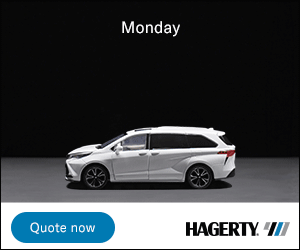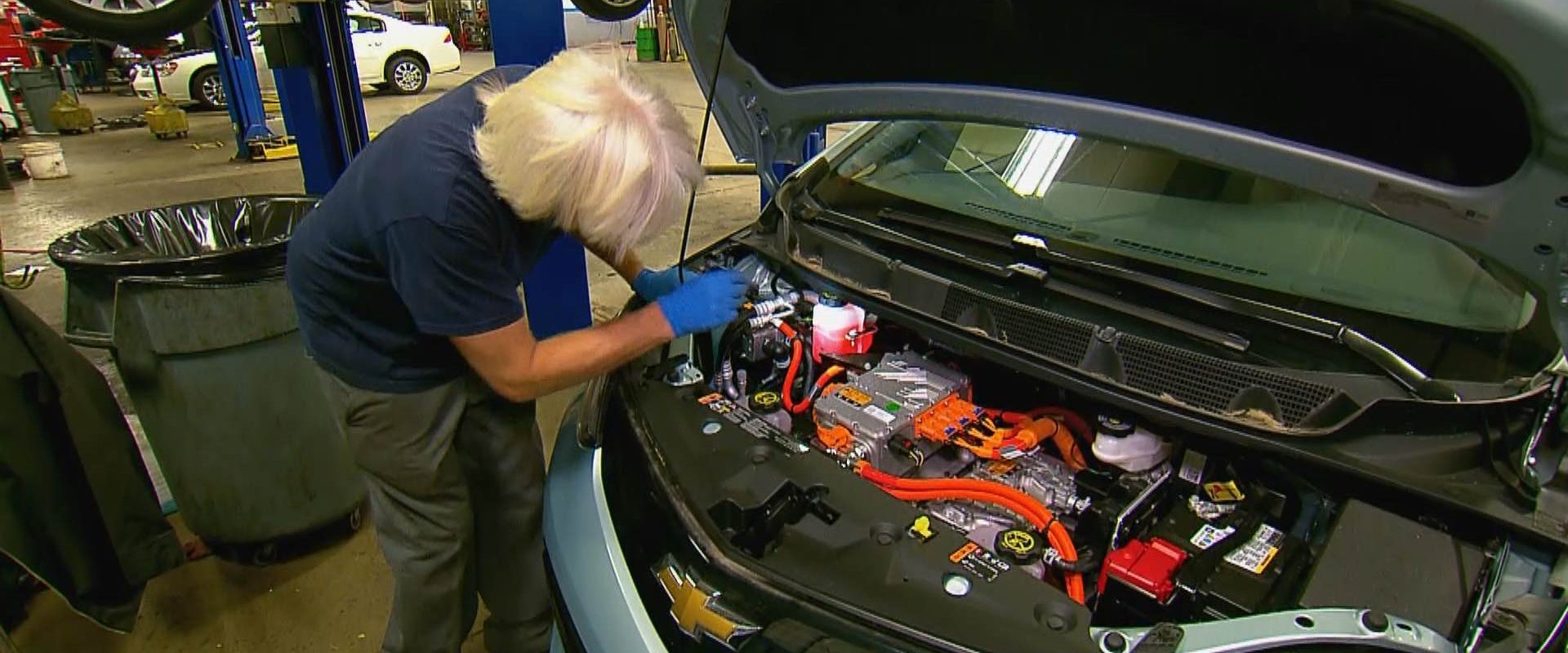Mid-Atlantic Electric School Bus Experience Project
These days, it seems like every automaker offers a plug-in electric model. Well now, we’re seeing an upturn in the number of larger passenger vehicles making that EV switch too. So, for millions of school students, that means their ride to school is about to get cleaner and quieter.
 Nearly every day, in virtually every community and neighborhood around the country, 500,000 yellow buses hit the streets, transporting 26 million children to and from school. Taken as a whole, school buses make up the nation’s largest public transportation network, but about 95% of those buses run on diesel fuel. That puts the most vulnerable members of our populace at risk for respiratory problems and other issues linked to breathing exhaust fumes.
Nearly every day, in virtually every community and neighborhood around the country, 500,000 yellow buses hit the streets, transporting 26 million children to and from school. Taken as a whole, school buses make up the nation’s largest public transportation network, but about 95% of those buses run on diesel fuel. That puts the most vulnerable members of our populace at risk for respiratory problems and other issues linked to breathing exhaust fumes.
The recent growth of electrification for cars and trucks presents an opportunity to change that, and the recent infrastructure law includes two and a half billion dollars in federal aid, specifically to help school districts purchase zero-emission electric school buses and an equal amount for other low emission and electrified vehicles.
But making the electric switch requires education for those who will manufacture, purchase and use those buses, and that’s where programs like MEEP come into play. Meep is the Mid-Atlantic Electric School Bus Experience Project, spearheaded by the Virginia Clean Cities coalition and begun with funding from the US Department of Energy in 2019.
MEEP is working with bus manufacturers, school districts, and other partners to provide hands-on experience and extended demonstration loans of electric school buses to school bus fleets throughout Virginia, Maryland, DC, Pennsylvania, and New Jersey over the next two years.
 ALLEYN HARNED: We’ve kicked off the program and already done more than twenty successful demonstrations, as well as six virtual events. This has led to the deployment of 100 electric school buses within the region.
ALLEYN HARNED: We’ve kicked off the program and already done more than twenty successful demonstrations, as well as six virtual events. This has led to the deployment of 100 electric school buses within the region.
JOHN DAVIS: This bus, known as Jouley, is manufactured by Thomas Built Buses in North Carolina, using an electric propulsion system developed by Proterra, and already proven through 8 million service miles on electric transit buses across America. Jouley has a driving range of about 138 miles and can recharge in just 3 hours using a DC fast charger.
JIM BEASLEY: Well, the routes that it runs. It runs in the AM and the PM mostly, predominantly. They’re easy to charge because there’s downtime in between, and they’re sitting overnight. They’re quiet, they run through the neighborhoods, and they’re non-polluters.
 JOHN DAVIS: the electrification of school buses is gaining a groundswell of support from community leaders, parents and the students themselves.
JOHN DAVIS: the electrification of school buses is gaining a groundswell of support from community leaders, parents and the students themselves.
SPEAKER: I am so proud of our students and the awareness they have, and they know now is the time to take the environmental legacy into their hands.
PAUL D’ANDRADE: And the main thing is about our kids, you know. We want them to have the opportunity to have zero emission buses, to have a nice quiet ride, and less effects on their health.
Our total amount of buses is just over 1600. We have eight electric buses, and we have ten we should get sometime next school year, and we put in the application for another grant for an additional ten.
JOHN DAVIS: Electrifying our nation’s school bus fleet won’t happen overnight. That 2-and-a-half billion dollars is expected to add about 10,000 electric buses to the national total over the next five years; but it’s an investment that will continue to pay huge dividends in awareness and one that will drive us towards a cleaner future for generations to come.
EV Tech Training
A shortage of qualified auto repair technicians has been an industry-wide problem for years now, but the high-tech nature of today’s advanced safety systems and high-voltage EV architectures are attracting a new generation of tech trainees to maintain the cars of tomorrow.
TODD RENFRO: “In the market today, automotive technician training is extremely important. For every seven technicians that are leaving our industry, we’re only having two come in to replace them. And unfortunately, the information we have at this time is, one of those two won’t make it past 12 months. So, we need to get young people excited about the automotive trade, all the opportunities that are in the automotive trade, and get them started in a path of career to be successful.”
As the number of electrified vehicles on the road increases, dealerships and independent shops alike are pushing to be ready for their service needs. But working around electrified vehicles means following very specific safety protocols for the high voltage systems and learning a whole new type of vehicle architecture. So, across the country, vocational schools big and small are adding electrified vehicle training into their curriculums.
Utah’s Weber State University has been teaching hybrid and electric systems to their students for nearly 20 years, and they also share their experience with technicians, educators and the general public in a unique five-day EV bootcamp, funded in part by the U.S. Department of Energy with the Utah Clean Cities and Communities Coalition.
JOHN KELLY: “I would say that for the last five or six years, probably half of the students coming through the class are teachers at other colleges and universities, high schools, technical programs that are interested in starting an EV or hybrid training program at their location, and are coming here to see how we do it. So that gives them a lot of ideas. They can go back, they may or may not have the same vehicles that we have, but it gives them an idea of what type of activities can they do at their school to, uh, enhance learning with their students.”
Like with conventional vehicles today, OEM-specific systems and procedures may have to be learned on the job, but weber’s program takes a universal approach, starting with the basics of high voltage wiring, and how battery electric vehicles work.
BRANDON STEVENSON: “Every OEM has their own common components, but they are named differently. So, unless you understand what that component actually does, it is a struggle. So, with our students that are already technicians, they’re coming in because they don’t know how all of the different OEMs work and they actually want to know it.”
And while new EV models continue to arrive on the market, remember that EVs and hybrids have been around for quite a while now, so there’s plenty of service experience to draw from.
BRANDON STEVENSON: “So, when you’re looking at where the industry is going and where it has come from, we’ve got a 2002 Toyota Prius in there now that’s 22 years old. That sounds like it’s really old and outdated, but it actually has a lot of technology that is still leveraged today. So, we’re able to show students where we were back in 2002 to where we are now in 2024.”
As the market share for plug-in vehicles grows, related jobs will open up as well over the next few decades, like electricians to install EV chargers, battery engineers and software developers, creating opportunities for existing workers to retrain, and appealing new career paths for the next generation to drive forward.
TODD RENFRO: “The excitement about EV, and also with hybrid, is that it’s the future. It’s what’s coming down the road. So, to be ahead of the curve and be prepared for that future, is exciting to a lot of the young students.”








